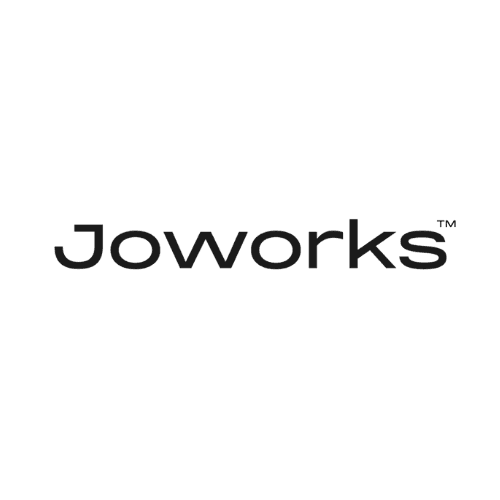Boosting Web Performance in Framer: Essential Techniques
Feb 1, 2025
Introduction
Optimizing web performance is crucial for delivering a fast and seamless user experience. When working with Framer, understanding how to optimize your designs, assets, and interactions can make a significant difference in page speed and responsiveness. In this guide, we will explore essential techniques to boost web performance in Framer.
1. Optimize Images and Media Assets
Use WebP and SVG Formats
Instead of PNGs and JPEGs, use WebP for images and SVG for vector graphics to ensure lower file sizes without compromising quality.
Compress Large Media Files
Tools like TinyPNG or Squoosh can help compress large media files before uploading them to Framer, improving load times.
Implement Lazy Loading
Lazy loading defers the loading of offscreen images until they are needed, reducing initial page load time.
2. Optimize Fonts and Text Rendering
Limit Custom Fonts
Using too many custom fonts can slow down performance. Stick to a minimal number of font weights and styles.
Use System Fonts Where Possible
System fonts load faster than custom web fonts, ensuring a smoother user experience.
Preload Critical Fonts
Use font preloading to ensure that essential text appears immediately without delay.
3. Reduce Unnecessary Animations and Effects
Optimize Motion Effects
While animations enhance UI, excessive effects can slow down performance. Use spring animations sparingly and avoid complex transitions on every element.
Reduce Page Load Animations
Minimize the number of initial animations that trigger upon page load to prevent sluggish performance.
4. Utilize Framer’s Built-in Performance Features
Use Auto-Layout Efficiently
Framer’s Auto-Layout can help create flexible designs, but avoid nesting too many layers as it may impact rendering speed.
Minimize Unused Components
Remove any unnecessary layers, components, or unused elements from your design to streamline performance.
Optimize Framer CMS Usage
For data-driven content, keep CMS entries lightweight and avoid excessive dynamic content that could slow down rendering.
Conclusion
Improving web performance in Framer requires a combination of efficient asset management, optimized animations, and smart design practices. By following these essential techniques, you can ensure that your Framer projects are not only visually stunning but also highly performant.
Want to experience the best of Framer? Get 3 months free on Framer Pro Yearly with this exclusive offer: Sign up here and use code partner25proyearly!
If you're interested in having your website designed in Framer, please feel free to contact me at jo@joworks.studio

